

Max Davies
2026 Toyota HiAce review
5 Hours Ago
The hot hatch has been a famed class of vehicle for over 40 years, loved not only in Europe but in markets as far away as ours, and to a lesser extent in North America.

Contributor
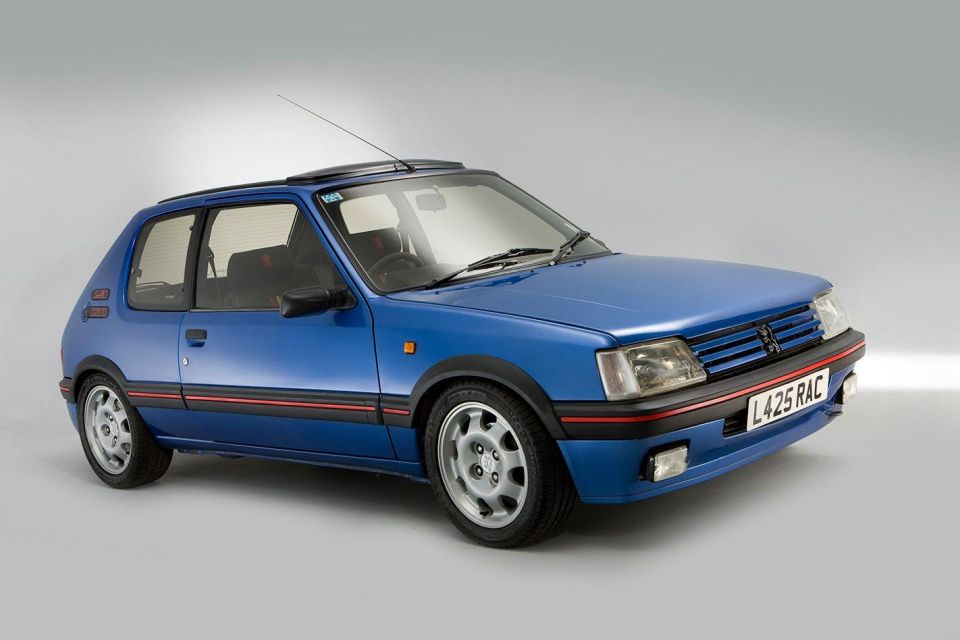

Contributor
Who doesn’t love a hot hatch?
The term ‘hot hatch’ refers to the essential ingredients of the formula, with a powerful engine sitting inside a small but practical body. This combination is key to its appeal, aiming to provide the driving pleasure of a dedicated sports car while remaining practical and usable enough for daily driving.
Hot hatches today come in a variety of flavours and sub-types. Apart from the conventional formula of pairing a powerful engine with front-wheel drive (FWD), there are also alternatives that incorporate an all-wheel drive system (AWD) for added grip.
More recently, a new class of ‘hyper hatches’ has emerged, which have pushed the envelope even further in aiming to compete head-on with dedicated sports cars not only on performance, but price as well.
Pioneered by Volkswagen with the launch of its Golf GTI in 1976, the original hot hatch was simple in its approach. With the wider Golf range already offering substantial improvements over the obsolete Beetle, the GTI built on these foundations with its fuel-injected 1.6L engine originally intended for the Audi 80 GTE, to offer class-leading power.
Now in its eighth generation and substantially larger than the gorgeous, Giugaro-designed original, the Golf GTI continues to act as an industry benchmark by which all other hot hatches are compared.
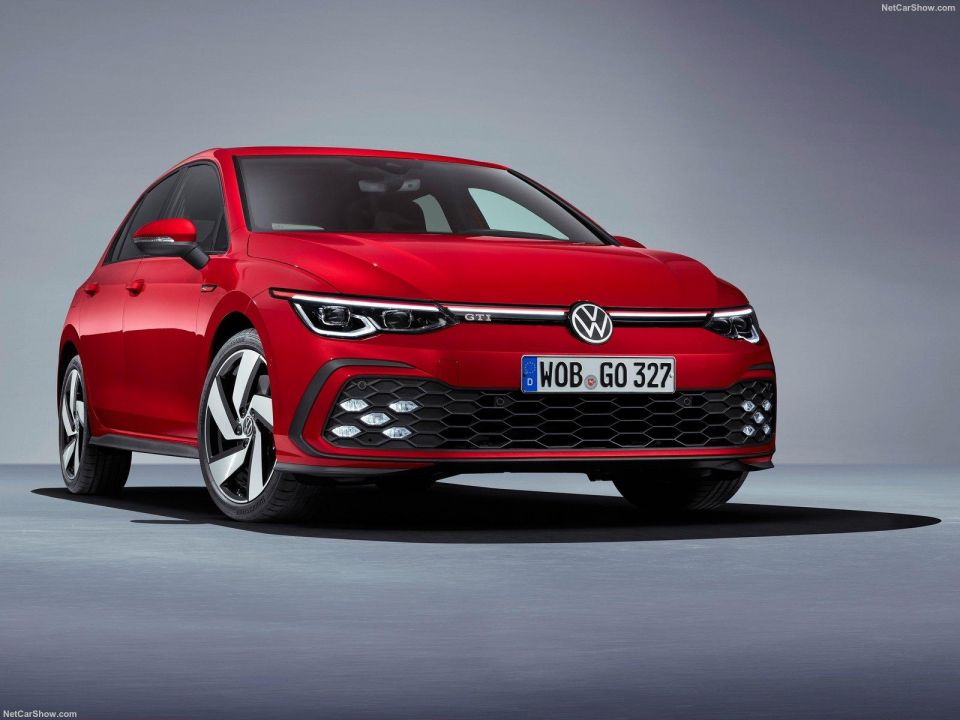
Whilst the original GTI was arguably the first hot hatch (which might be disputed by the Renault 5 Gordini), it was Peugeot’s 205 GTi that refined the formula and set the tone for a long line of remarkable hatches from French marques, especially Peugeot and Renault.
The 205 GTi’s combination of direct, responsive steering, close-ratio five speed manual transmission, and free-revving engine made it a “ten-tenths” car with superb handling, that didn’t compromise on performance even when driven at the limit.

As contemporary front-wheel drive hot hatches became increasingly powerful, a perennial problem manufacturers have faced is torque steer. Torque steer occurs when the engine’s torque affects the car’s steering.
Generally, this manifests itself as a tugging sensation, with the car being pulled in a particular direction under hard acceleration. The problem can have several causes, one of which is a steering geometry with a large scrub radius.
This happens when there’s a large distance between the centre of the tyre’s contact patch and the steering axis. The Mazda 3 MPS is one example of a front-wheel drive hot hatch commonly known to be afflicted with torque steer problems.
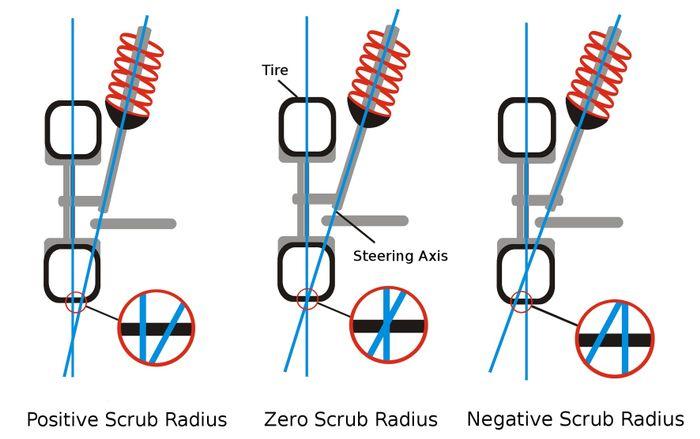
The latest Honda Civic Type R and Ford’s Focus RS Mk2 are both notable for their approaches to resolve the torque steer problem, and enable a high level of power to be transmitted through the front wheels only.

In the case of the Type R, the solution was to have a bespoke suspension geometry (compared to the standard Civic) that brought the steering axis closer to the tyre, thereby significantly reducing the scrub radius and alleviating the torque steer problem.
The Mk2 Focus RS also attempted to eliminate torque steer by reducing the scrub radius. In this case, Ford developed an innovative ‘RevoKnuckle’ strut design that added a ‘knuckle’ which split the suspension and steering functions. The knuckle assisted in steering and could be brought much closer to the tyre centreline, substantially reducing the potential for torque steer.
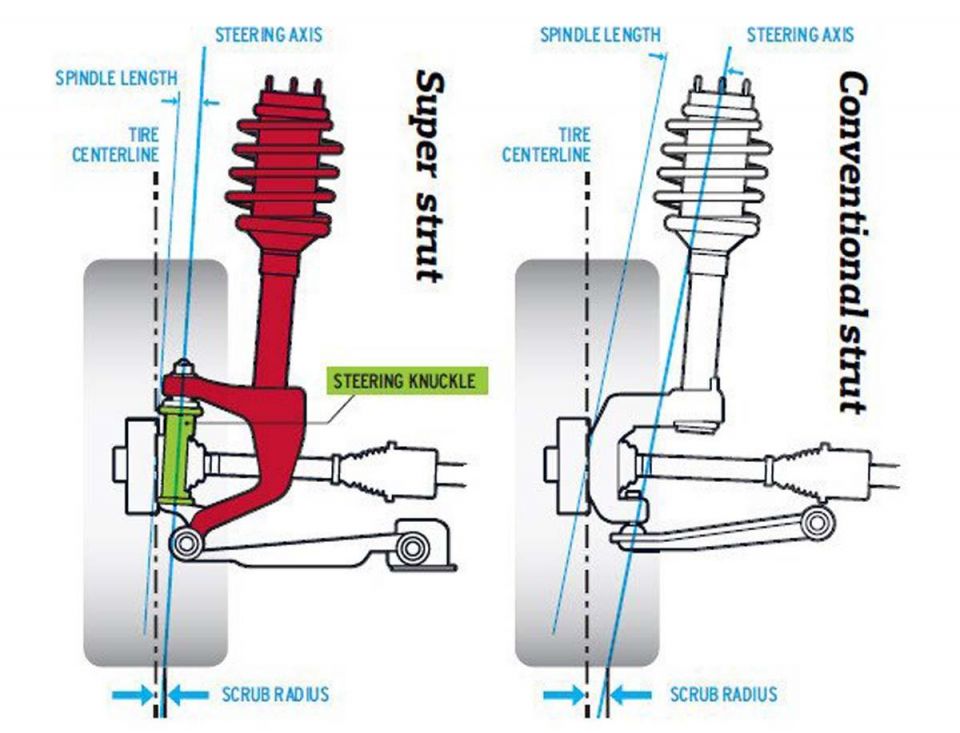
In both the Type R and Focus RS, the addition of a front LSD (limited slip differential) also served to mitigate the torque steer risk.
All-wheel drive, where some of the engine’s torque is also directed to the rear wheels, is a more obvious way to eliminate torque steer compared to the specialised suspension designs described above. While it also offers more grip and faster acceleration, all-wheel drive adds expense and weight, and may also compromise front-end agility and playfulness.
Perhaps the most legendary all-wheel drive hot hatch is Lancia’s Delta. The initial ‘HF 4WD’ variant was unveiled in 1986, followed by increasingly powerful Integrale variants topped by the Integrale ‘Evoluzione II’ model in 1993.
Much like the Toyota GR Yaris, the Delta HF was a homologation special designed to enable Group A rallying. The AWD system for the Delta made use of three differentials, and in later models featured a more rear-biased torque split, from 56:44 front to rear (in the initial HF 4WD) to 47:53 front to rear (in the HF Integrale 16V).
The all-wheel drivetrain helped the Lancia Delta achieve significant racing success, winning six World Rally Championships between 1987 and 1992.
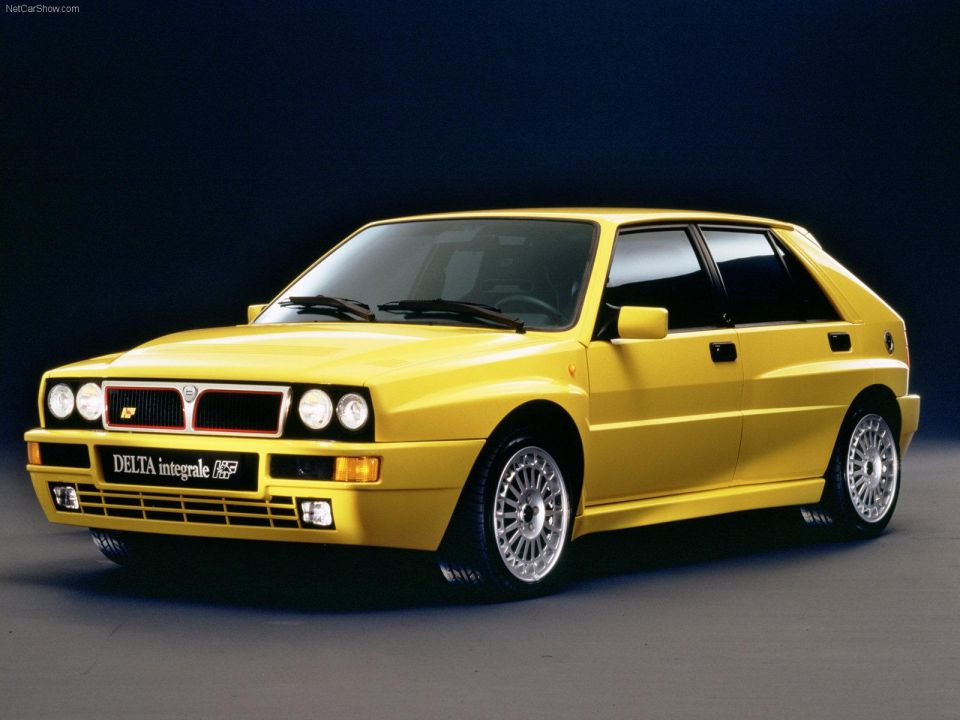
More contemporary all-wheel drive hot hatches include Volkswagen’s Golf R32 and R models. The Mk4 Golf R32 was also the first production car with a DSG when it was launched in 2003.
Today, all-wheel drive hot hatches are available from several manufacturers including Toyota, Volkswagen, Audi, BMW, and Mercedes.
A more recent development, hyper hatches follow the same recipe as all-wheel hot hatches but pack more performance (and a price to match). They go head-to-head with more dedicated sports cars.
The most remarkable examples of the hyper hatch are perhaps the Mercedes-AMG A45 S AMG and Audi RS3 Sportback. Both have circa 300kW power figures, and in the case of the Audi.
With acceleration figures of approximately four seconds from 0-100 km/h, both cars are approaching the performance domain of supercars from only five-10 years ago.
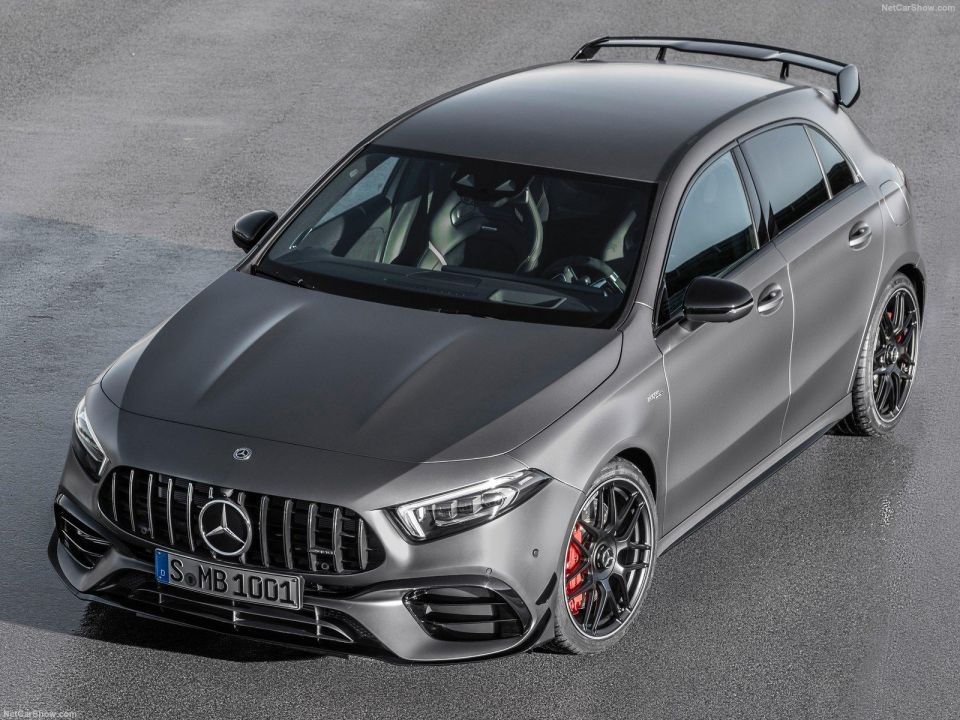
The vast majority of hot hatches have a front-wheel or front-biased all-wheel drive layout, BMW is notable for mass producing a hot hatch, the M140i, that sent power to the rear wheels via a longitudinally-mounted engine.
The rear-wheel drive layout allowed the M140i to have a different driving character to competitors, but was replaced in 2020 by the more conventional M135i which incorporated a class standard front biased all-wheel drive layout.
Another concept prevalent in the early-mid 2000s was shoehorning in oversized engines. This was another attempt to maximise power, and was popularised by the Golf R32’s use of a 3.2L 6 cylinder engine.
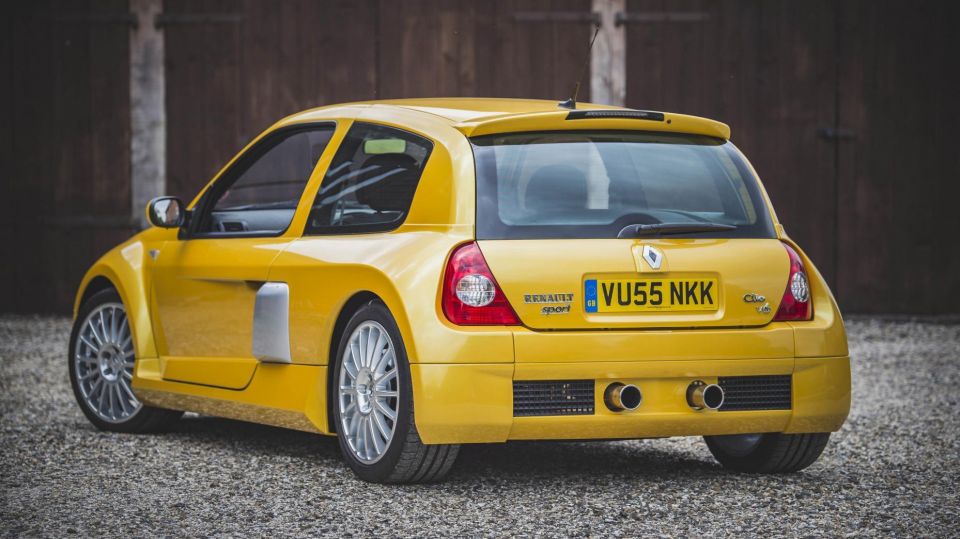
Renault’s Clio V6 is one of the most unique hot hatches of the 20 century. Hand-built under contract initially by Tom Walkinshaw Racing and subsequently in house by Renault, less than 3000 examples were produced across Phase 1 and Phase 2 models.
The rear seats were replaced by a mid-mounted 2.9L V6 engine sourced from the larger Renault Laguna, sending power exclusively to the rear wheels through a six-speed manual transmission.
Sharing perhaps its name only with the regular Clio variants, the V6 had a bespoke chassis and subframes to accommodate the engine and associated components, and upon launch of the Phase 2 variant in 2003, was the most powerful hot hatch ever made with 188kW of power.
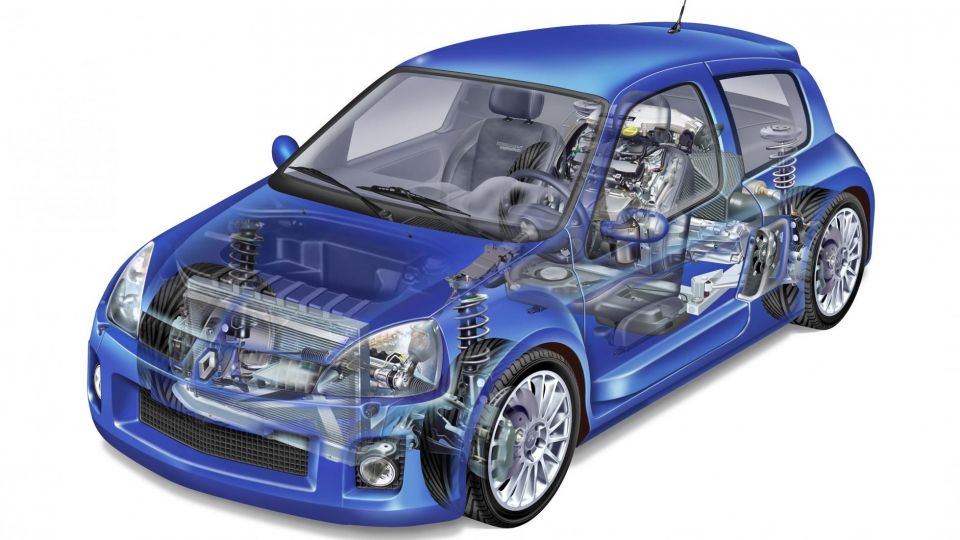


Max Davies
5 Hours Ago


William Stopford
21 Hours Ago


Ben Zachariah
22 Hours Ago


Derek Fung
23 Hours Ago


Matt Campbell
1 Day Ago


William Stopford
2 Days Ago